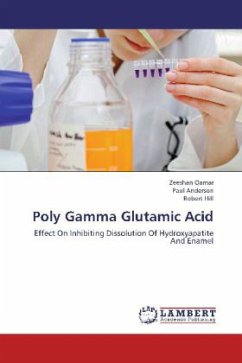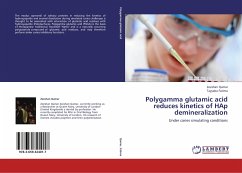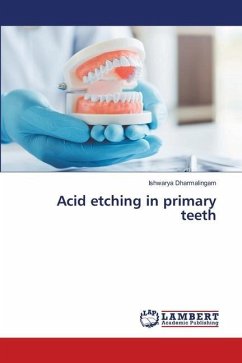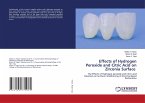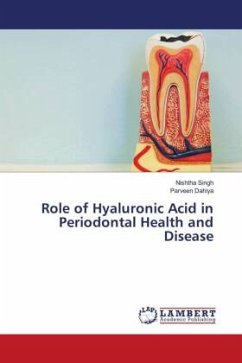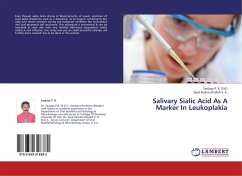Poly gamma glutamic acid (PGGA) is a HPA (homo polyamide) occurring naturally. It is made of D and L form of glutamic acid units which are typically connected by the amide linkages between the alpha-amino group and the gamma-carboxyl group as shown in the figure 4.1.Thus, it has resistance against the protein breaking enzymes known as proteases.Lvanovics discovered it as a capsule component of B.A (bacillus anthracis) which was released in the medium provided on aging and autolysis of the cell or during the process of autoclaving (G.Iv anovics et al.,1937) . Sa wamura (S.Sa wamura, 1913) was first to report that Natto , formed by the fermentation of Soya beans which is a traditional Japanese food is a mixture of poly gamma glutamic acid and fructan.
Bitte wählen Sie Ihr Anliegen aus.
Rechnungen
Retourenschein anfordern
Bestellstatus
Storno

